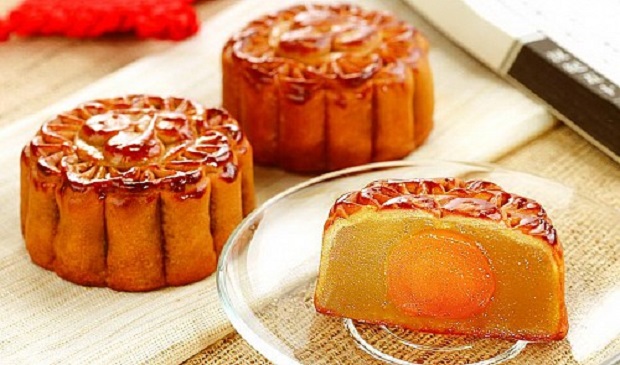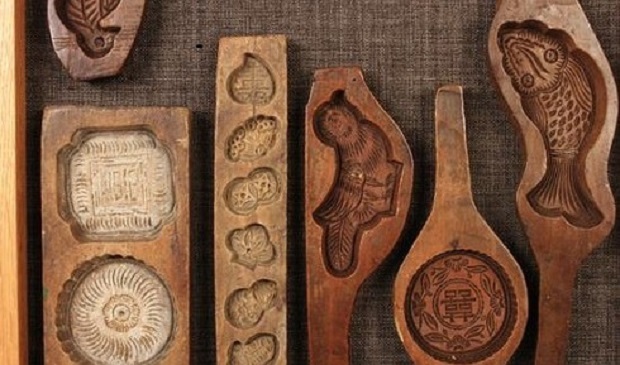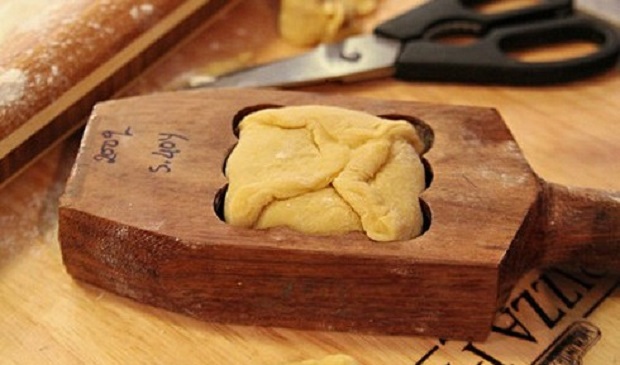Mid-autumn festival in Viet Nam: Time for mooncakes, reunion, love and joy
Despite the different theories on its origin, the mid-autumn festival and its indispensable treat – moon cakes – have been well loved and practiced for several hundred years.
 |
| Traditional mooncakes with mung bean paste and salted eggs Tuoi Tre |
The mid-autumn festival, which is believed to originate in China and celebrated by many Asian countries, including Viet Nam, falls on the 15th day of the 8th month on the lunar calendar.
The festival falls on 15 September this year.
Celebrations
Despite the different theories on the festival and mooncakes, it is celebrated annually in China, Viet Nam and other Asian countries, and its significance remains intact over several hundred years.
The fest is considered a special occasion for family reunions, and the original round shape of the mooncakes is also indicative of the meaning.
During the celebrations, family members habitually get together, make offerings to their ancestors and delightedly enjoy mooncakes over fragrant tea while admiring the full moon.
Meanwhile, kids typically hang around with their well-lit lanterns, chanting traditional moon-welcoming songs, and playing traditional games.
 |
| Kids’ procession with their star-shaped lanterns during a mid-autumn festival in Viet Nam. Tuoi Tre |
Over the course of time, mooncakes now presented to relatives, friends, and colleagues as a token of love, care, and gratitude have seen major changes and additions.
In Viet Nam, just like in other Asian countries, many varieties of the original mooncakes have been produced and well embraced.
Apart from traditional “banh nuong” (baked mooncake) and “banh deo” (sticky rice mooncake), mooncakes are now shaped as cute animals or come in other nice shapes.
Fillings also include new ingredients, ranging from expensive ones such as fish fins to fruit, jelly, and ice cream, in addition to the traditional mung bean paste, salted eggs, Chinese sausage, lotus seeds, and jam.
Some bakeries have also come up with moon cupcakes, bringing a fresh breeze to the traditional market.
Diet and vegetarian mooncakes can lighten up diabetic, overweight, or vegetarian clients’ taste buds while maintaining their health and eating habits.
Mooncake mold making craft
Though most local mooncake producers now prefer to make the cakes on an industrial scale with modern technology, a number of small-scale producers and households still use the traditional wooden molds to make the sweets.
 |
| Molds for mooncakes of various shapes. Viet Nam National Administration of Tourism |
In Ha Noi, artisans on certain streets still manage to retain the time-honored craft of mooncake mold making.
Such handmade, dexterously crafted molds can be found before and around the mid-autumn festival in such areas as Hang Quat Street and Dinh Quan Village in Thuong Tin District.
 |
| Shaping a mooncake with a traditional wooden mold .Viet Nam National Administration of Tourism |
It takes patience and high craftsmanship to saw wood and chisel it into intricate carvings, especially with molds for mooncakes in animal shapes or other technically demanding designs.
A number of housewives have now chosen to buy the molds and make homemade mooncakes of their own to ensure food hygiene and suit the tastes of their family and friends.
(Source: Tuoitrenews)